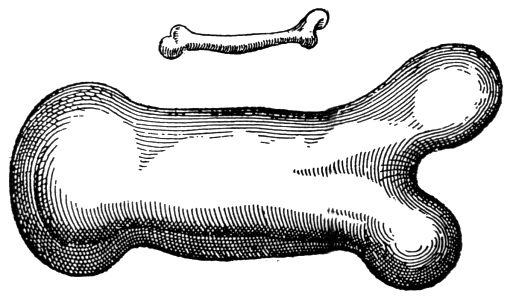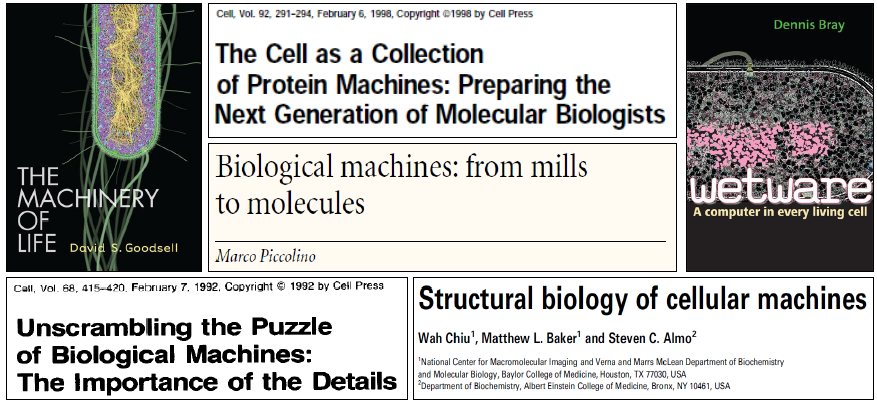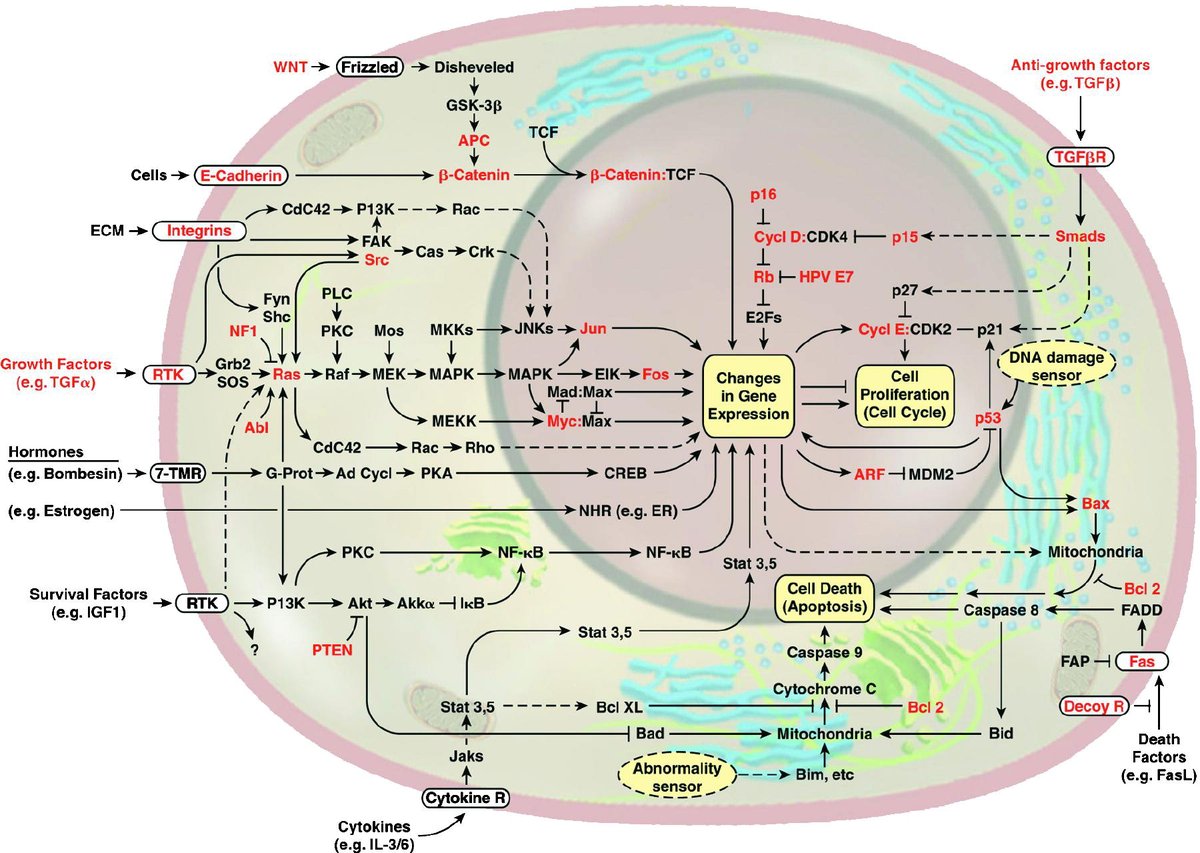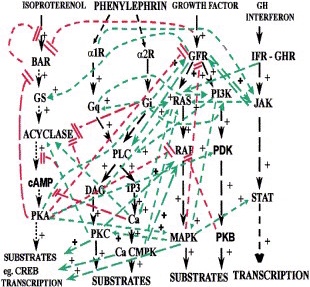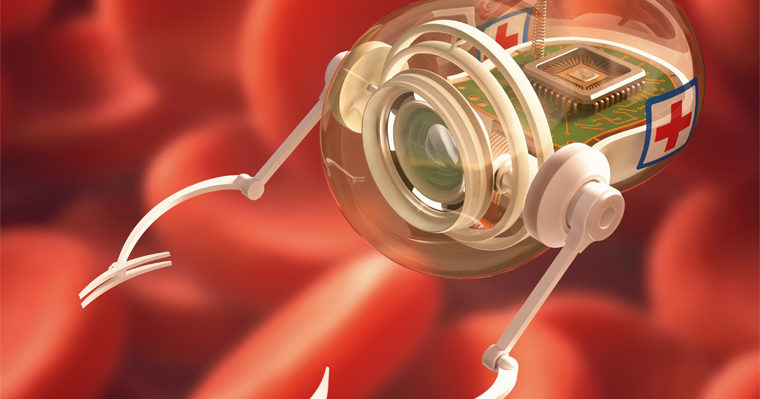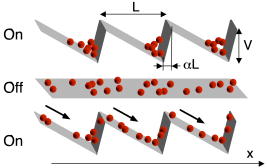I wrote a follow-up to & #39;Is the Cell Really Machine?& #39;. I revisit a classic essay by JBS Haldane in order to show how attending to physical scale allows us to understand the problems with apealing to engineering metaphors in cell & molecular biology (THREAD) https://www.academia.edu/43847479/On_Being_the_Right_Size_Revisited_The_Problem_with_Engineering_Metaphors_in_Molecular_Biology">https://www.academia.edu/43847479/...
Haldane argued that the structure, function & behavior of an organism are conditioned by the physical forces that exert the greatest impact at the scale at which it exists. Gravity poses a threat to a large animal but not to a small one. The converse is true for surface tension/2
Haldane shows that the square-cube law (the volume of a shape increases much faster than its surface area) determines an organism& #39;s morphology and it imposes limits on its possible dimensions. It also explains why fantastical creatures like Godzilla and King Kong are impossible/3
Of course, Haldane wasn& #39;t the first to note the impact of size in biology. Galileo, 300 years earlier, had already shown that organisms aren& #39;t isometric, illustrating how the shape of a bone would need to be modified to perform its function if its length was increased 3-fold/4
Machine metaphors draw on our intuitive familiarity with the macroscopic world of our everyday experience, but such intuitions fail us when explaining microscopic entities like cells & molecules, as these exist in drastically different environments from our own (& our machines)/5
It follows that we should avoid distorting biological reality by construing it in engineering terms. I examine 4 key metaphors (genetic program, cellular circuitry, molecular machine & molecular motor) & show that their deficiencies ultimately derive from their neglect of scale/6
The genetic program likens gene expression to the execution of an algorithmic set of instructions. But the likelihood that this happens in such a perfectly efficient & timely fashion is zero given the random & ferocious buffeting that the participating molecules are subject to/7
The cell carries out genetic instructions by solid-state circuits that mimic electronic circuit boards. But GRNs misinterpret our ability to describe patterns of transcription in terms of Boolean operators as proof that cis-regulatory elements interact in a deterministic manner/8
Similarly, viewing signal transduction pathways as cellular circuits forces us to assume a very high degree of specificity in the molecular interactions depicted as arrows, but specificity in protein function is the exception, not the rule, & this is due to their minuscule size/9
The fact that every protein can potentially associate with many others leads to an explosion of combinatorial possibilities that is exceedingly difficult to represent in diagrammatic form. Attempts to do so result in horror graphs where everything does everything to everything/10
Protein complexes are often described as molecular machines, but this is a troubling comparison as perfectly orchestrated mechanical movements are impossible in a world governed by Brownian motion. Neither their structure nor their function can be compared to that of machines/11
Motor proteins are compared to mechanical motors, but their microscopic environment prevents them from moving by coordinated power-strokes. For molecules, moving deterministically is like trying to walk in a hurricane. Alternative models, like the Brownian ratchet, are needed/12
So how did we come to forget (or felt it was OK to disregard) the impact of scale? The answer, I suggest, has to do with the influence of Schrödinger’s argument in his famous book What is Life? regarding the remarkable stability of genes in the face of stochastic perturbations/13
Overall, the rigidity, stability & precision that we associate with machines simply cannot exist in the messy & chaotic world of cells. We should trust what physics tells us about the molecular realm over the more familiar & comforting picture that engineering appeals suggest/END

 Read on Twitter
Read on Twitter

